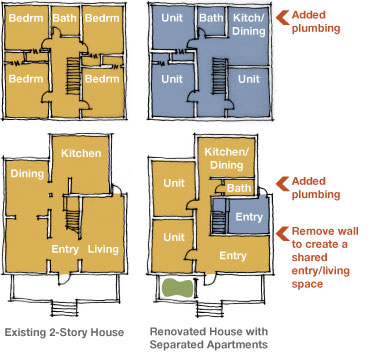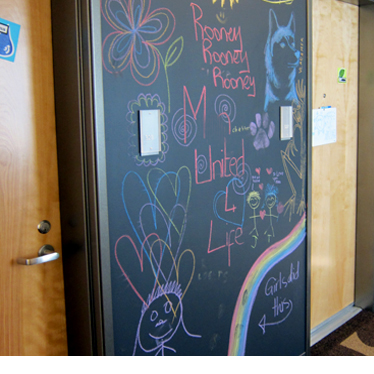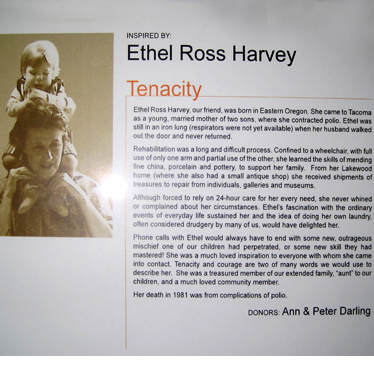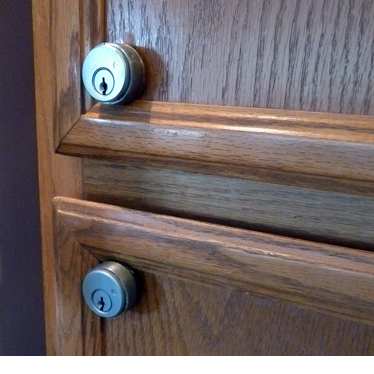
Harmonize
Minimization of conflicts and rules
Communal living is increasingly difficult to manage for both advocates and residents as size and cultural diversity increase. It is much easier for two or three families to share a kitchen than four to ten families, regardless of how large the kitchen is.
When rebuilding is not possible, but resource for remodeling exists, dividing a very large shelter into two or three units – for example, converting a multi-story house into a triplex – can make the scale of communal living smaller and more manageable for residents.


Eleanor Lyon’s research found that “The larger the shelter the more likely residents were to report some problems during their stay” (p. 16) and that “overall, 83% of survivors agreed when asked if the space made them feel comfortable. However, as shelter size and bed capacity increased, the percentage of respondents agreeing with this item [the space made them feel comfortable] decreased.” In general, survivors in smaller shelters (10 beds and less) reported higher levels of satisfaction with staff, getting the help they needed, and the fewer problems than survivors in larger shelters. (p.60)
Size of shelter also influenced how likely residents were to report problems with privacy. “problems with privacy were more likely in larger shelters, with only 7% of those in shelters with less than 10 beds and 11% of those in shelters with less than 5 staff reporting privacy issues, but 21% of those in shelters with 31-40 beds and 27% of those in shelters with 16‐-20 staff having trouble finding space for themselves.” (p. 108)
Personalizing doors and living spaces with notice boards, tack panels, and room signs can help families feel at home, and have the added benefit of assisting cognitively impaired people with wayfinding. Chalkboard paint provides a surface for residents to personalize at their door and are a great opportunity for children to decorate.

One survivor suggested naming rooms after powerful women as a source of inspiration and feeling of being part of a continuum.


At the YWCA Pierce County rooms are named after positive qualities, (e.g. Tenacity) with a story about a person who embodies this quality posted near each door.
The Washington Administrative Code [WAC] requires that “clients residing in shelter must be provided with a means to safely and securely store, and have direct and immediate access to, their medications such as individual lock boxes, lockers with a key or combination lock, or a similar type of secure storage” [WAC 388-61A-0570].
Situating this storage in residents’ rooms increases survivor’s sense of security and control over their medications. A mini-refrigerator for medications that must be refrigerated (like insulin) can also reduce anxiety about access to medications and their safety.
Ensure that medication storage is inaccessible to children.
For additional standards for shelter homes in Washington State refer to Chapter 388-61A of the Washington Administrative Code (WAC).
